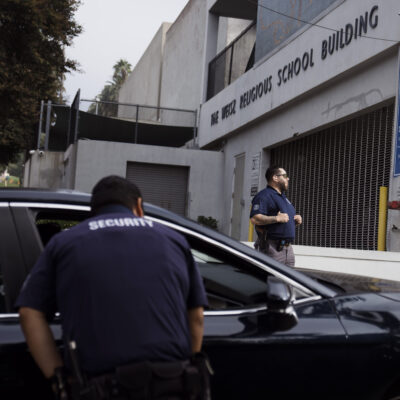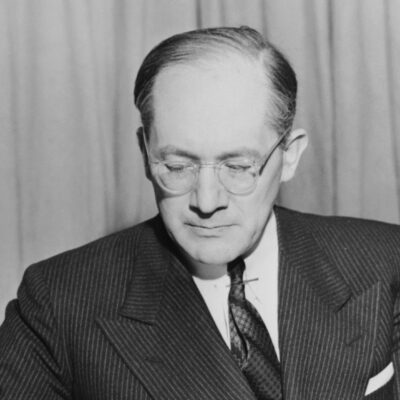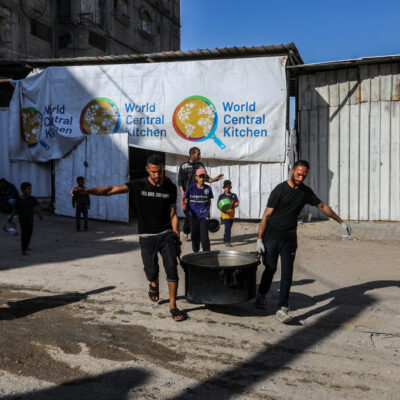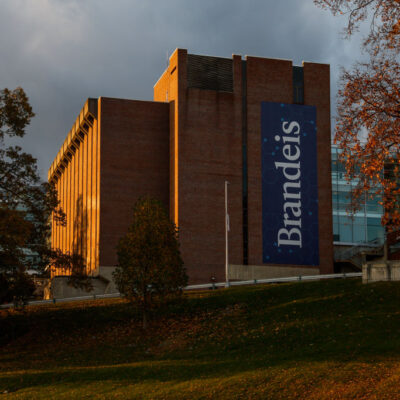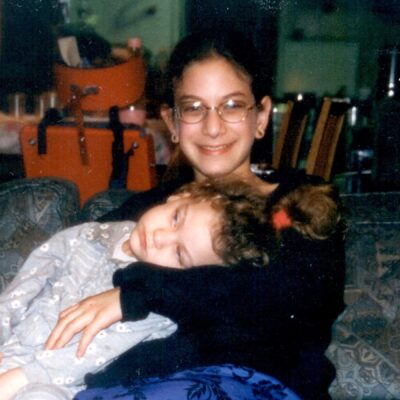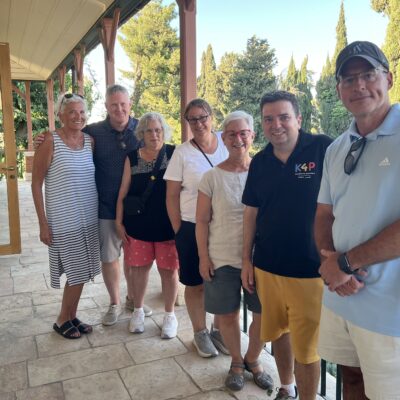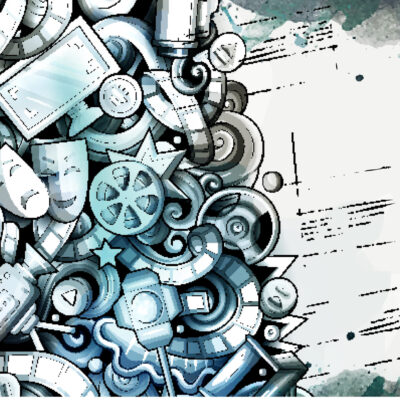The Power of “We”

By Yavilah McCoy
As a diversity and equity practitioner, I work with communities to grow interest and excitement in the vast possibilities that exist for connecting education, outreach, and engagement to the principles, values, and practices of diversity, equity, and inclusion. In the Jewish community, there are choices that Jewish educators are empowered to make each day, whether in schools, synagogues, JCC’s, Federations, or more broadly focused areas of outreach and engagement. Through our daily choices, be they on personal, interpersonal, structural/institutional, or cultural levels, educators are creating environments that bring people into deeper relationship and more beloved community with one another or serve to perpetuate boundaries in access, privilege, and power that continue to live with us in society and inhibit our capacity to experience deep connection with one another across difference.
As we consider the future of Jewish education and our prospects for creating Jewish learning environments where all students can enter the classroom with the expectation of encountering Jewish learning that is animated by joy, curiosity, and grace, it is imperative that we embrace opportunities for learning and re-learning what we can do to create more equitable Jewish learning environments.
Principles and Values: The Power of “We”
As the parent of an African-American child that attends a Jewish day school where they are one of few students of color among hundreds of White students, I have had to grapple with the implications of how well-meaning and good-intentioned educators in my child’s educational experience use the pronoun “we.” Recently, in a unit on the novel Roll of Thunder, Hear My Cry, a teacher called me with a concern that my child was putting her head down and not actively participating a discussion regarding the novel’s depiction of racial segregation and violence in the Jim Crow South. During her instruction, the teacher had encouraged the students to think about “the other” – to step into “another’s” shoes and try to understand what it must have been like to live through racism. What we both soon realized, was that in discussing this period of U.S. history, the teacher had unwittingly created an invitation in the classroom for “us” to experience a “them” that made “we” White people and “them” people of color.
As the only Black child in the classroom, experiencing this discussion “othered” my child from her classmates. Through our phone conversation, we discovered that “othering” was also occurring in the discussion of US segregation. The class discussion focused on experiences that impacted people of color in the South without seizing equal opportunities to discuss the ways that White people were impacted by the reality, experience, and practice of segregation, as well. An equitable invitation to a multiracial community of beloved classmates to explore racism could have held opportunities for both those whose identities have been historically included by racial divisions in our society and those whose identities have been historically excluded to engage each other regarding how “we” relate to a historical experience that was shared by all who lived through those times. In teaching a majority White group of Jewish students, there were also opportunities missed to investigate students’ own relationships and their families’ histories as White Jews encountering American segregation and grappling with its impacts.
Practice: The Power of Educators
In teaching educators to practice the principles of diversity, equity, and inclusion in learning environments, I often reference the famous teaching of educator and psychologist Haim Ginott, who wrote:
I’ve come to a frightening conclusion that I am the decisive element in the classroom. It’s my personal approach that creates the climate. It’s my daily mood that makes the weather. As a teacher, I possess a tremendous power to make a child’s life miserable or joyous. I can be a tool of torture or an instrument of inspiration. I can humiliate or heal. In all situations, it is my response that decides whether a crisis will be escalated or de-escalated and a child humanized or dehumanized.
On a personal level, educators can practice spending time reflecting upon and becoming familiar with the ways that language in classrooms can be used both subtly and viscerally to include and exclude students across diverse experiences. As part of our craft, educators must spend time noticing whom we are teaching, whom we are not and whom we would like our lessons to be connected to. Our modeling deep connections to diverse communities in all that we teach from the front, can inspire our students to be more connected to both those who are with them in the learning environments we facilitate and in a world of humanity beyond the classroom whose experiences matter. We can engage in this practice with hope that our students will be better prepared to lead similarly as future generation leaders.
On an interpersonal level, educators can guide their students to see and experience each other and the world through the lens of more than one story or narrative. We discover conscious and unconscious biases when people have opportunities to interact cross-culturally with others who are different from them. Where educators teach in primarily monocultural environments, we can introduce diverse people and perspectives into classroom learning. This is imperative to broadening students’ capacity to think critically and imaginatively about race, class, gender, sexual orientation, and many other categories of difference that regularly inform peoples’ perspectives, leadership, and experiences in the world around them.
On systemic, structural, and institutional levels, educators must consider who has the decision-making power to create and support the policies and standards that we uphold within the environments we teach. If the leadership, faculty, and decision makers within our institutions are a majority of White people, how will we realistically arrive at educational outcomes that appeal to multicultural audiences and represent multicultural perspectives?
Lastly, on a cultural level, Jewish educators have the power to set the tone and make choices regarding patterns of “in-ness” and “out-ness,” what is considered beautiful and what is considered “the right way” to speak, dress, or be valued in our educational environments. We have the power to pay attention and discern ways of being that are prioritizing some and leaving others behind. When we perceive standards of appropriate action, thought, and expression of a particular group, explicitly or implicitly, as preferred, negative, or less than, we run the risk of modeling for our students that in order to become their most powerful selves, they must be ready to conform, change, or “fit in” with the standards of those who have been culturally privileged in the educational environments they will encounter. For many students, encountering this cultural reality for the sake of acquiring an education can be debilitating.
My hope, as we continue to grow in our competencies for connecting Jewish education to the principles, values, and practices of diversity, equity, and inclusion, is that we will do so from a beginner’s mindset. A beginner’s mindset encourages us to be willing to start fresh and engage in serious and challenging exploration of what we know, what we don’t know, what we are willing to remain curious about, and what we are willing to explore as we use our power as educators to create oxygenated Jewish educational environments where all of our children can thrive. In this work and in beloved community, I am with you.
Yavilah McCoy is the CEO of the Diversity consulting group, DIMENSIONS Inc. For more than twenty years, Yavilah has worked with a broad base of leaders and organizations to provide transformational resources for diversity, equity, and inclusion strategies. Yavilah is a pioneer of the Jewish diversity and equity movement and has been an activist and mentor for the empowerment of Jews of Color for most of her life.
This article was originally published in Gleanings, the ejournal of the Leadership Commons of The William Davidson Graduate School of Jewish Education of JTS; reprinted with permission.

 Add EJP on Google
Add EJP on Google